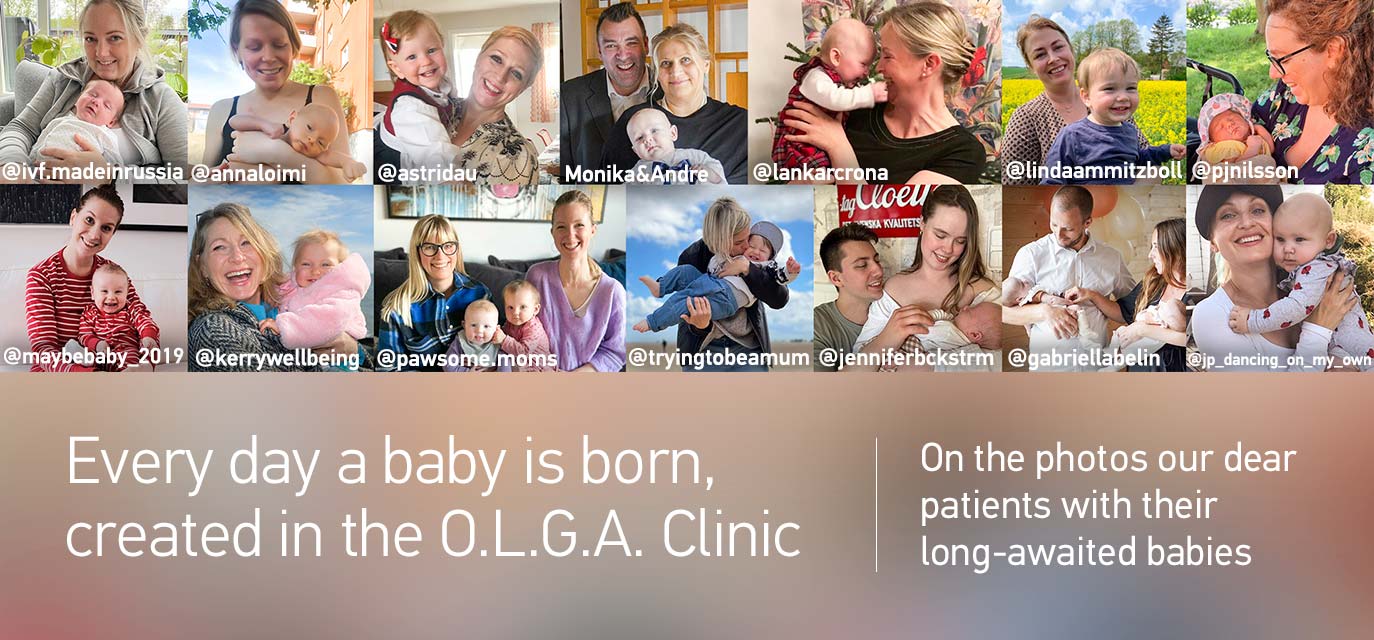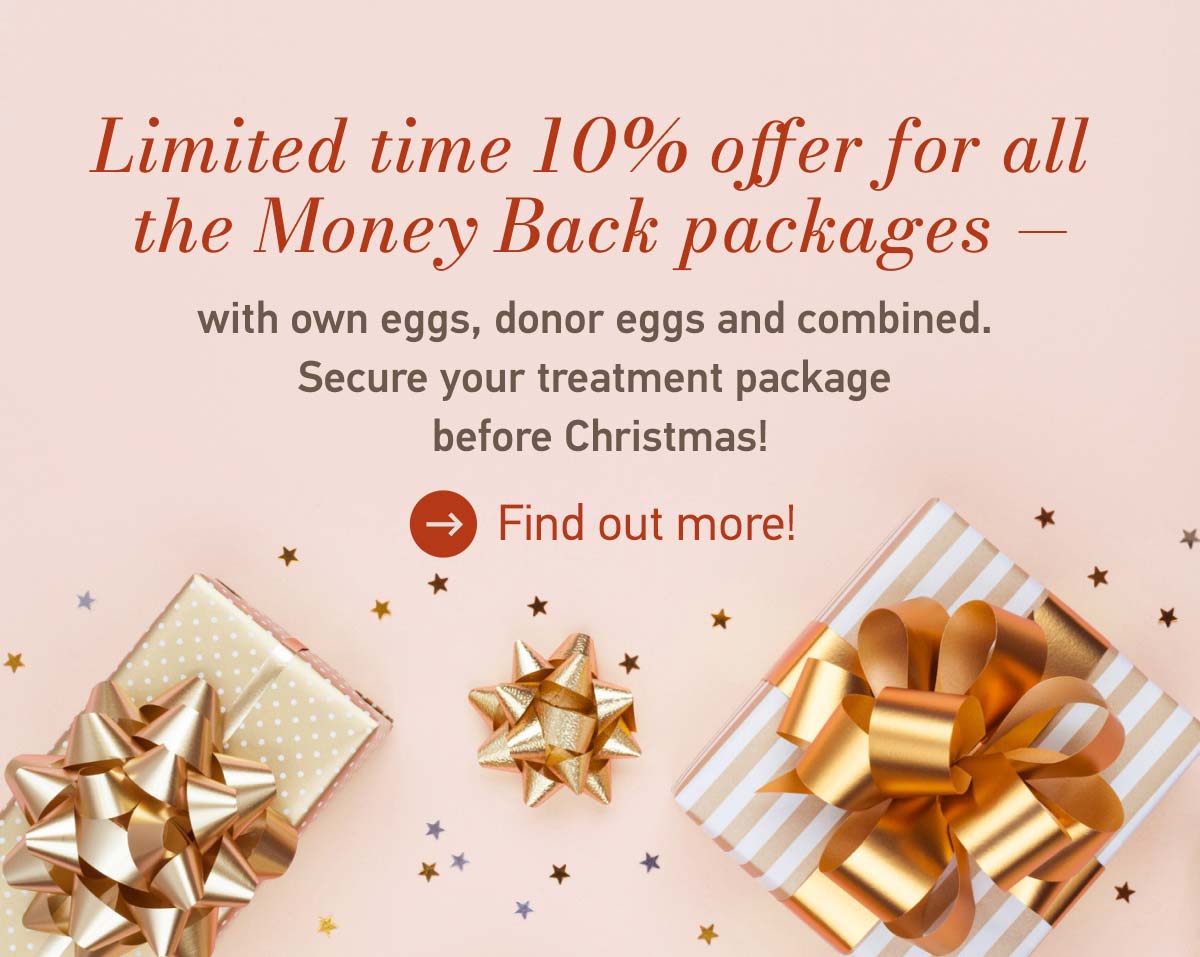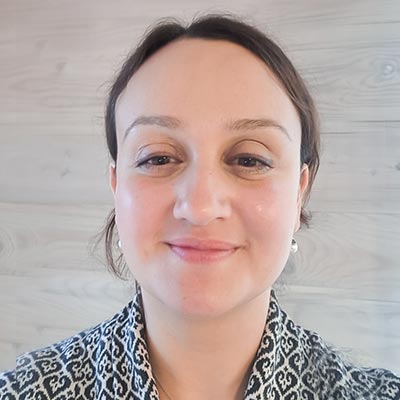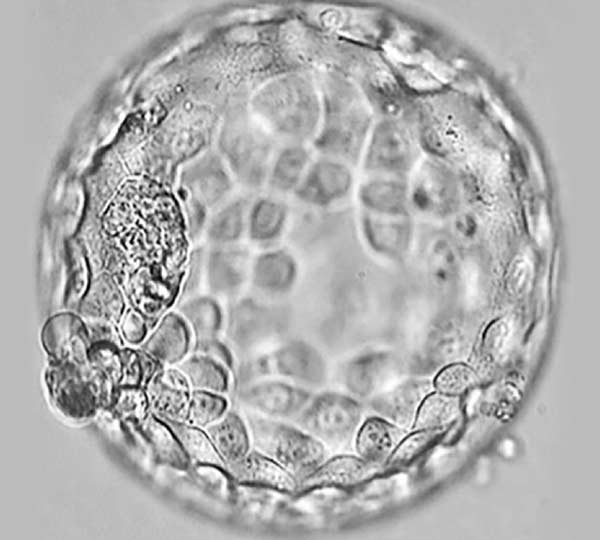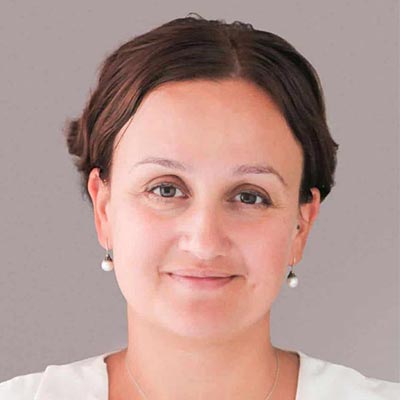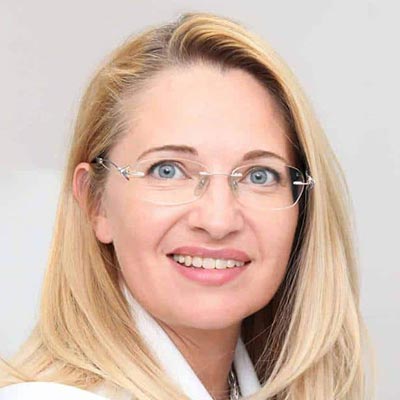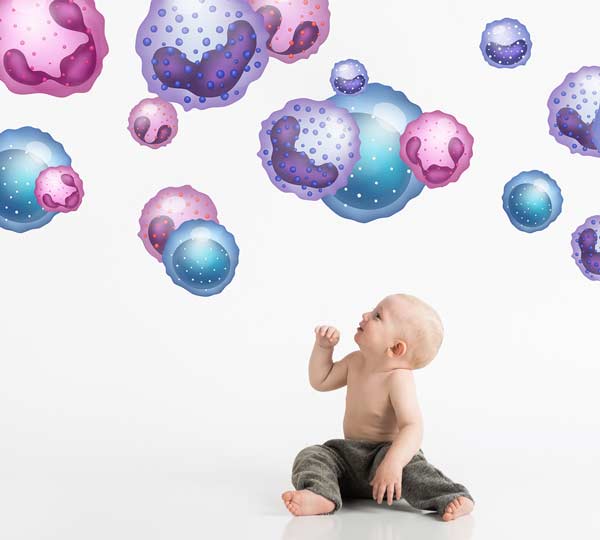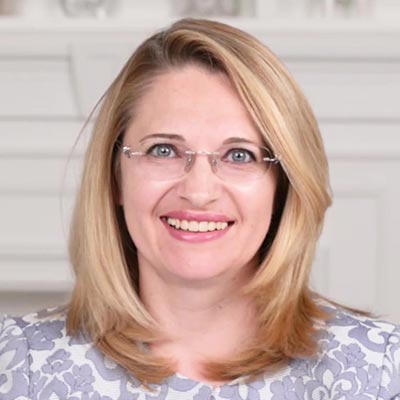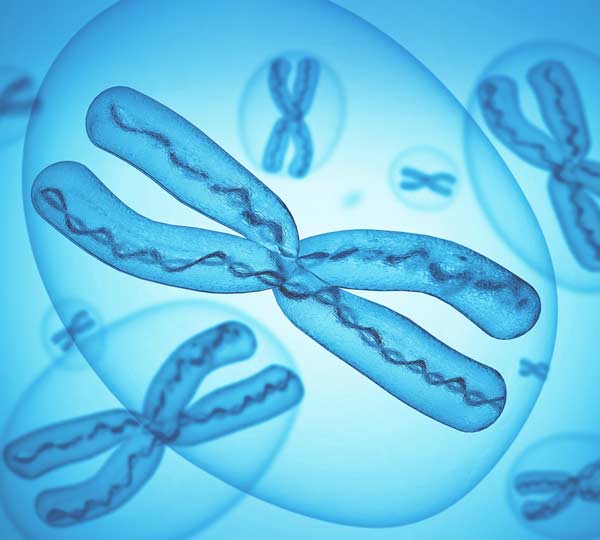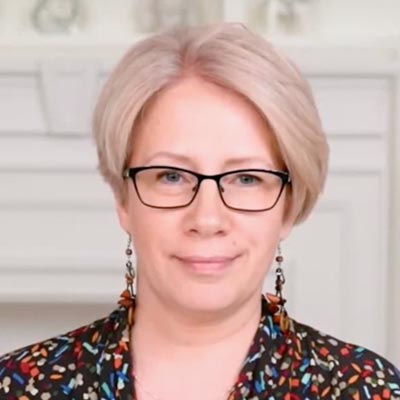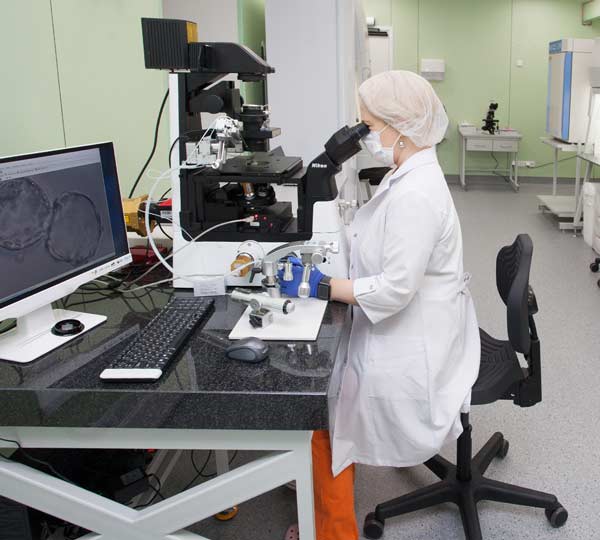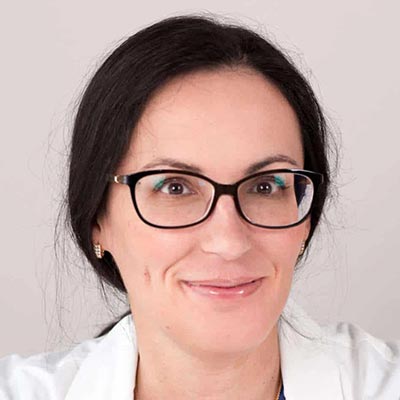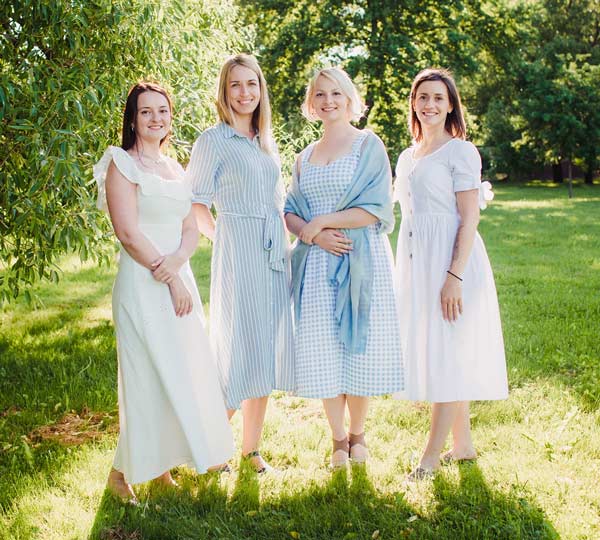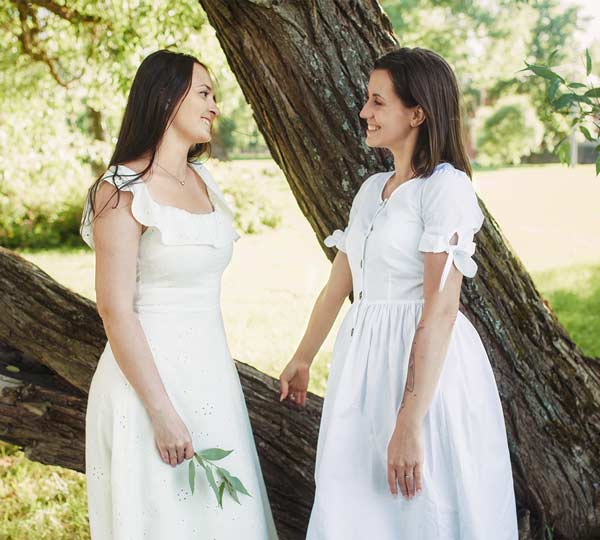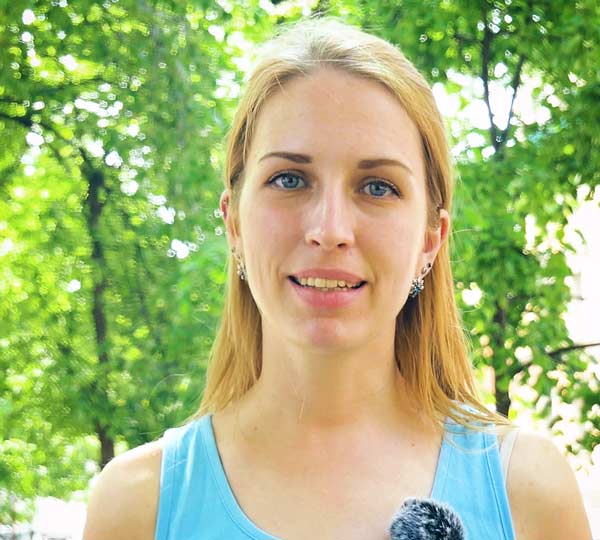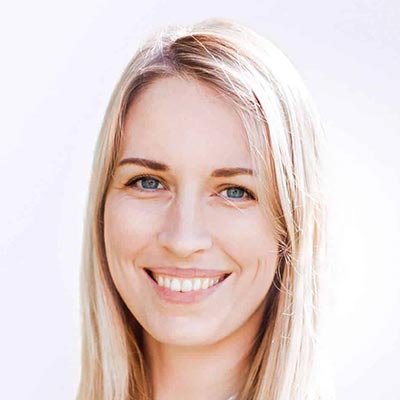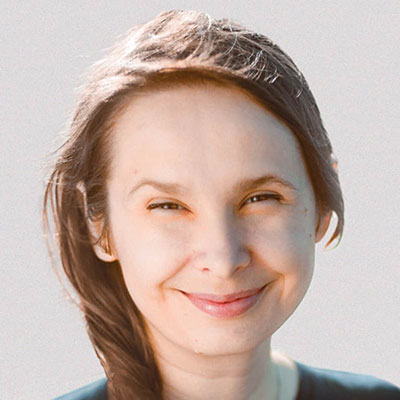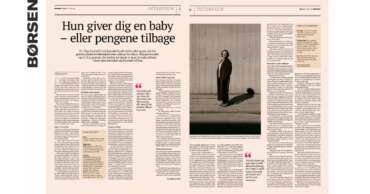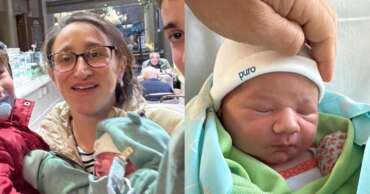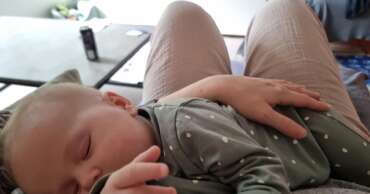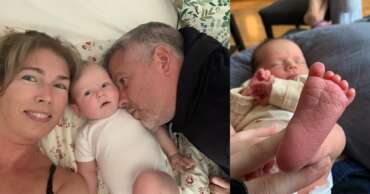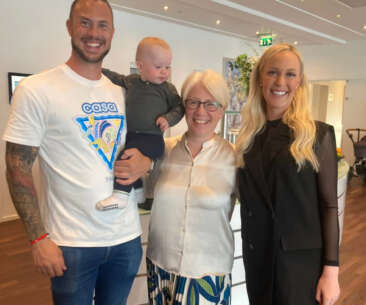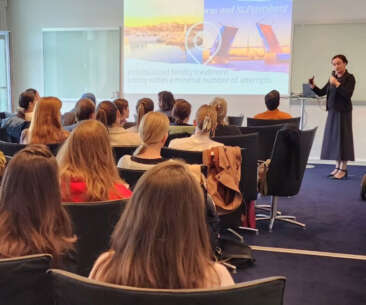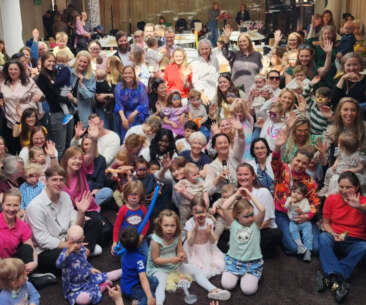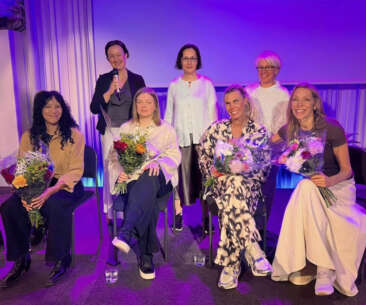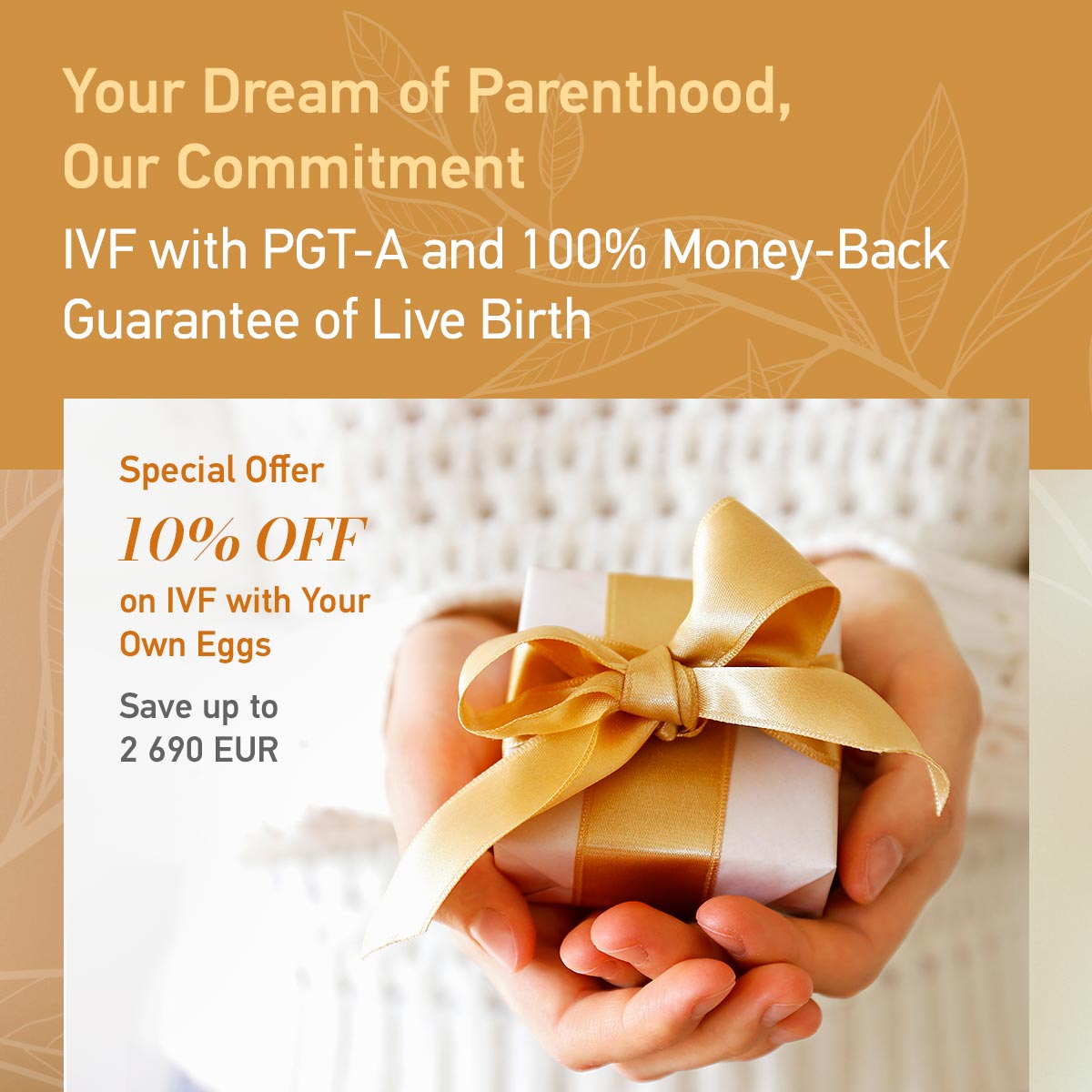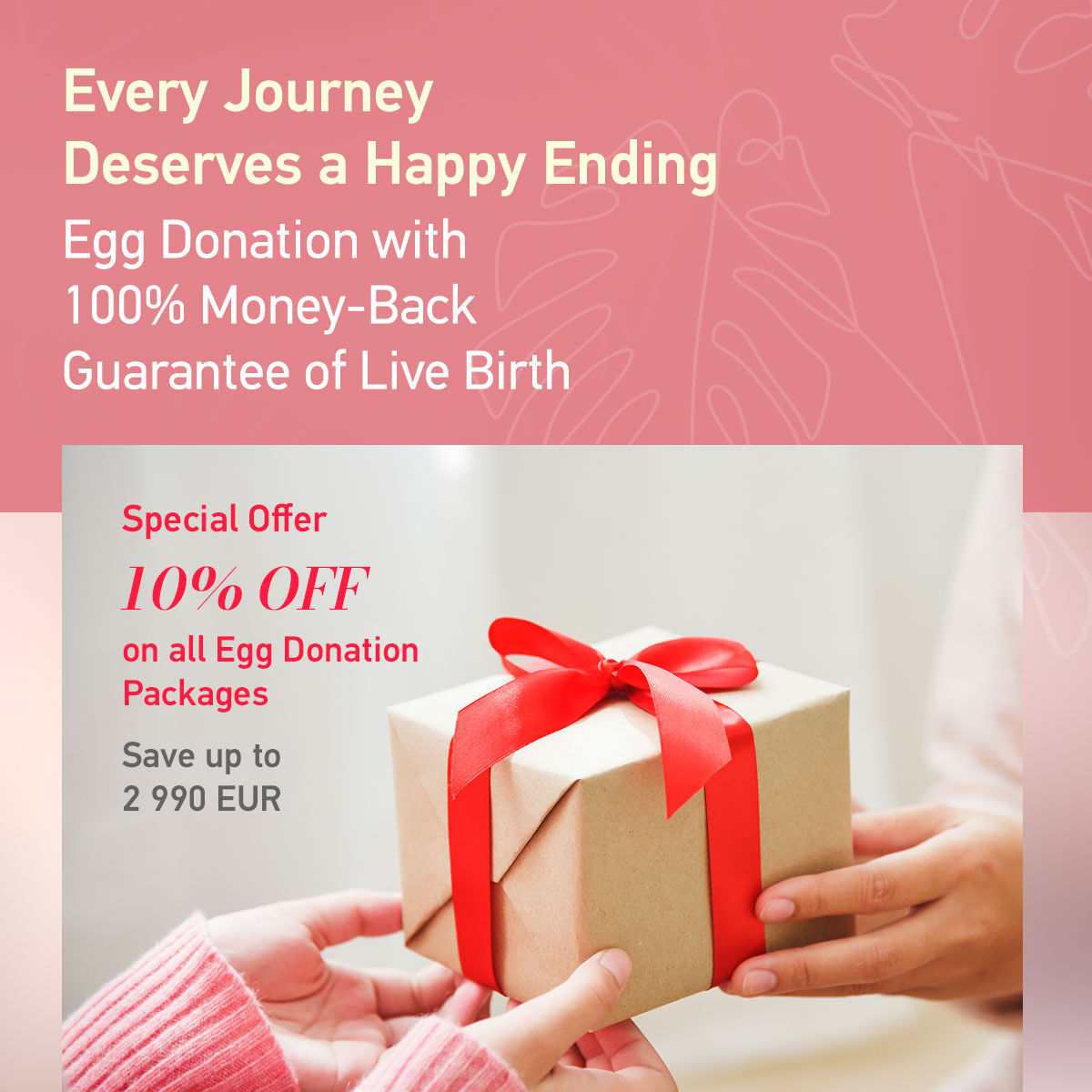Egg donation procedure involves a donor and a recipient. The donor takes special treatment to produce fertile eggs. Then the sperm of the recipient’s husband or partner (or a sperm donor) is used to fertilise these eggs in the laboratory. After fertilisation the eggs become embryos, and a single one of them or a pair them are placed into the uterus of the recipient to make her pregnant.
Any extra embryos, which weren’t used in the egg donation procedure, which have sufficient quality, can be frozen in O.L.G.A. Fertility Clinics. These can be used for a future attempt if needed. These eggs now belong to the recipient and/or her partner/husband. When pregnancy is successful, the recipient gives birth to her child and, therefore becomes the child’s mother.
Differences between IVF treatment and IVF with egg donation procedure
The difference between ‘normal IVF’ and ‘egg donation procedure with IVF’ is that one more person is needed to create a pregnancy. This person is called an egg donor, whose eggs are used when the future mother (the recipient) cannot use her own eggs cells to become pregnant. This egg donor takes the commonly used drugs for IVF treatment to stimulate her egg production. She then has the eggs taken from her under anaesthetic, which is similar to normal IVF treatment. After this, the donor plays no further role in the egg donation procedure.
The eggs are placed in a special retort in the fertility laboratory, where they are impregnated using the sperm of the egg recipient’s partner, husband or a sperm donor. After fertilisation, they become embryos. At O.L.G.A. Fertility Clinic, the embryos are kept under control in the laboratory for several days to let them develop further. The embryologist looks after them on this stage to see which ones will have the best chances of future implantation therefore resulting pregnancy. When this stage (known as blastocyst) is reached (usually, this happens between 3 and 5 days after the egg retrieval), one or two are placed into the womb (uterus) of the egg recipient. Any embryos, which weren’t used during the egg donation procedure may be frozen, and become your property. (You can choose the owner: the recipient, the recipient and her partner, or only her partner.) In order to improve the environment, in which the embryos grow, the egg recipient uses hormones which make her body more tolerable to pregnancy. This concludes the egg donation procedure itself.
If the egg donation procedure was successful, one (or both) embryos will implant into the egg recipient’s womb and the fetus (the future child) then develops further. The egg recipient goes on with the hormones therapy until the placenta itself produces enough of them to withstand the pregnancy. Just like any other pregnancy, the recepient’s body carries the growing child, thereby making a strong mother-child bond. After the birth is given, breastfeeding can further strengthen the relationship with her child.
At O.L.G.A. Fertility Clinic, we had a 60% success rate in 2008. This was the confirmed clinical pregnancy rate after replacing 2 fresh embryos at the 5-day-old blastocyst stage. The number of babies born through egg donation is increasing each year as more women become aware of this form of treatment. Are you one of the people who can benefit?
Related pages in other lnguages: English Egg donation Deutsch Eizellspende Netherlands Eiceldonatie Dansk Ægdonation


